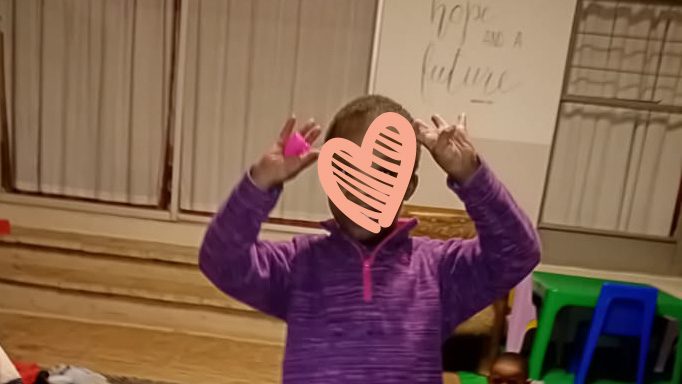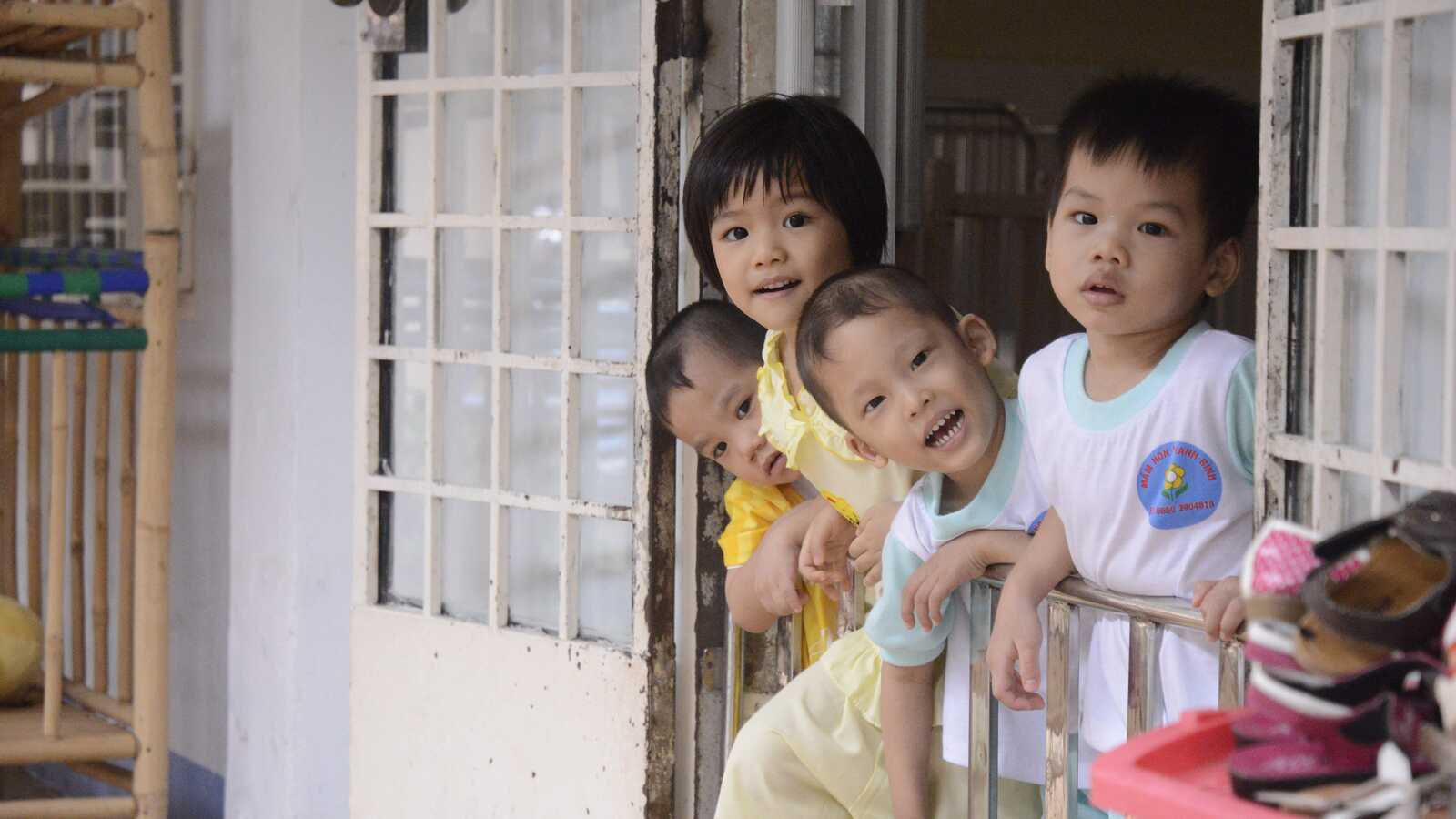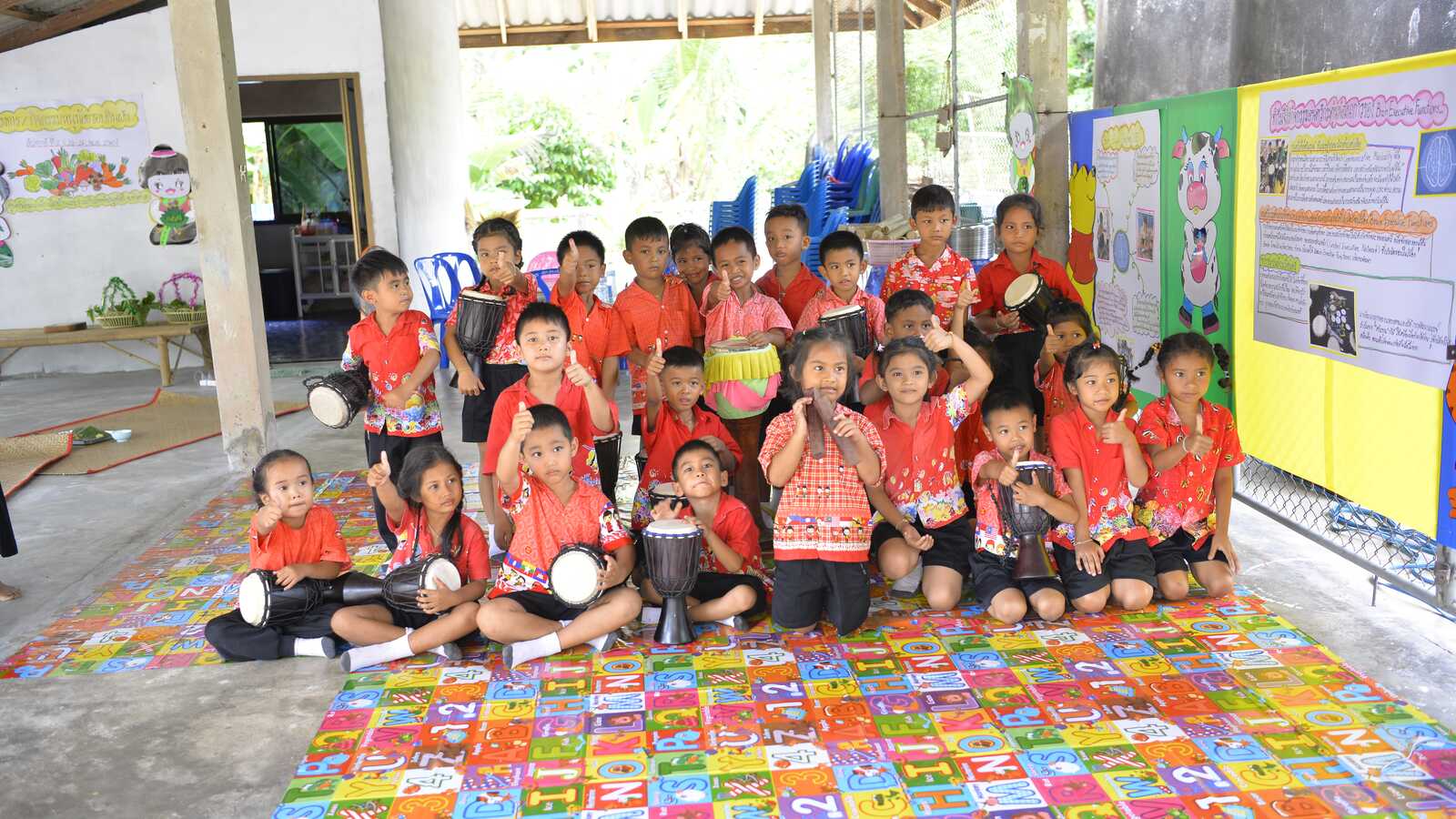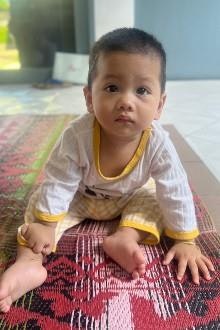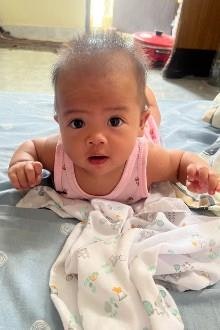When David and Carly adopted their 5-year-old daughter from Thailand, they felt as prepared as possible. But two years later, supporting their daughter in her Thai — as well as her hard-of-hearing and disabled — identities, has expanded their world and community beyond what they expected. And for this, they are grateful.
On a typical Sunday afternoon, my daughter and I drive to our local wat (temple) where she spends two hours at Sunday school chanting and meditating, learning about Buddhism and culture, and practicing her Lao language skills. In the winter and spring, Sunday school is followed by an hour of learning traditional dances preparing for the Pi Mai (New Year) celebration held every spring. After dance class, we get back in the car, take a quick bubble tea break, and continue on to her playgroup for D/deaf and hard-of-hearing kids. We then head back home for a hurried dinner and a quick bedtime so she won’t be too tired for the start of the school week the next day.
Our Sundays are long and involve lots of time in the car, driving from one side of the county to the other. We frequently have to decline invitations to other events like birthday parties or weekend getaways because we have standing Sunday plans. But our Sundays are also sacred — they are time dedicated to nurturing and celebrating my daughter’s identities — and I wouldn’t trade them for anything.

Our Path to Adopting a Child With Disabilities
My husband, David, and I adopted our daughter from Thailand in November of 2021 when she was almost 5 and a half. From the time we started dating, we had always considered adoption as a way of building our family. After four years of marriage, we decided to begin the adoption process as we felt ready to become parents, knew that there were children in need of families and did not wish to have biological children because of the current climate emergency. We started the process with some understanding of and concerns about the complexity of transracial adoption. As a biracial Latina (me) and a proud Puerto Rican (David), we understood the ways in which growing up with family members who share your racial and ethnic identity grounds you and prepares you for the realities of being a person of color in America.
We understood that nearly all children waiting for families through international adoption have disabilities, developmental delays or medical needs of some kind. When we considered which disabilities and/or medical needs we were open to, it was less of a question of what we were open to and more of a question of what resources we had access to in our region. We had many discussions with one another, carefully considering questions like, “Could we modify our home to make it accessible for a child who uses a wheelchair?” “What kinds of early intervention resources are available in our county for autistic children?” And “Does our health insurance cover speech-language therapy?” Ultimately, we ended up indicating openness to a wide variety of disabilities and medical needs. We lived in a suburb of a city with a world-class children’s hospital, in a state with well-funded public schools, and we both had jobs with excellent health insurance benefits and flexible schedules that would allow us to take a child to medical appointments during the day.
Holt’s Thailand Special Needs Project
Our daughter is hard-of-hearing and had a number of other medical needs — some of which could be resolved fairly quickly upon arrival in the U.S. once she had easier access to medical care, and some of which will be managed throughout her life. We were matched with our daughter through Holt’s Thailand Special Needs Project, a unique homefinding program in which Holt social workers travel to Thailand to meet and create adoption profiles for children with disabilities or medical needs or who are older and are in orphanage care.

Holt social workers had met our daughter twice during trips to Thailand and we treasured the opportunity to meet with the social worker who had met her and ask additional questions about her personality and needs. We had loved watching a video (included in her file) of our daughter at age 2 refusing to stack a pile of toy cups in a tower the way the social worker wanted her to. Instead, she insisted on stacking the cups inside one another and seemed annoyed that the social worker was not following her lead. It was wonderful to be able to talk to the social worker herself and hear that our daughter did indeed seem to be a headstrong leader with a mind of her own (a spot-on assessment of her personality).
Our Daughter’s Ethnic Identity
As two hearing Latine people raising a hard-of-hearing Thai daughter, we recognize many of the ways in which we cannot meet all of her needs. As a family, we have worked hard to fill these gaps by building community with others who share her identities. Our daughter is from the far northeast of Thailand along the border of Laos. This region of Thailand — the Isan region — is in many ways (food, culture and language) more similar to the Lao people than Central Thai. While our daughter is proudly Thai, when we met her she spoke more Isan (a local language derived from Lao) than Thai, and her favorite foods are khao niew (sticky rice), sai krok isan (Isan sausage) and anything containing padaek (fermented fish sauce common in Lao cuisine).

While looking for local resources to connect our daughter with her heritage, we learned about a Lao wat in our area. I found the secretary of the wat on Facebook and sent her a message explaining that we were adopting a child from the Isan region and we were interested in connecting with the temple community to keep our daughter connected to her heritage. She quickly replied to my message asking if we could connect on the phone and that evening we spent more than two hours on the phone getting to know each other. A few weeks later, David and I attended our first service at the wat. We were warmly welcomed by everyone we met. The community was incredibly generous, spending time with us, teaching us the important cultural norms for being and interacting at the temple, and showing us how to participate in tak bat (the almsgiving ceremony in which you offer food to the monks).

The temple community has surrounded our family with love and acceptance since that first visit, and has been the most important way that we have kept our daughter connected with her culture. Our daughter loves spending time at the temple, whether it’s for Sunday school, dance class, a service, or simply to help the women with cooking, cleaning and gardening. She has the sweetest group of temple friends — a group of girls who love to run around the temple grounds and all dance in the New Year celebration together. Our daughter is beloved at the temple — doted on by aunties who let her follow them around, give her special jobs to complete, and feed her treats like khao tom (sticky rice with banana and coconut milk steamed in banana leaves). The temple is where I have learned how to cook my daughter’s favorite foods authentically. It is where our family gets to be surrounded by our daughter’s culture, language and heritage even though we are thousands of miles from her homeland.
The temple gives our family so much, and we have done our best to give back to the temple. We volunteer at the temple’s biannual food festival fundraisers, and have helped plan and run other fundraisers as well. We show up for work parties in the spring and fall to help with gardening, planting and other tasks to prepare the temple for the next season. David and I have joined the board of directors for a local scholarship foundation for Lao-American students. It is important to us that we build transformational relationships with the community of our daughter’s people.
Our Daughter’s Identity as a Disabled Person
During our adoption process, Holt provided training and resources on the importance of considering our daughter’s racial and ethnic identity development, but there was no such preparation for how to support her identity development as a disabled person. (It is important to note that many D/deaf and hard-of-hearing people do not view deafness as a disability. In addition to being hard-of-hearing, our daughter has other disabilities.) As non-disabled people, we cannot truly understand the experience of being disabled. However, we have learned more about this experience by reading articles and books by D/deaf and disabled people, following D/deaf and disabled content creators on Instagram, and studying the history of the treatment and activism of disabled people in U.S. history. We have also sought out resources (books, journal articles, etc.) on cultural beliefs and historic and modern treatment of people with disabilities in Thailand in order to better contextualize and understand our daughter’s experiences before she joined our family.
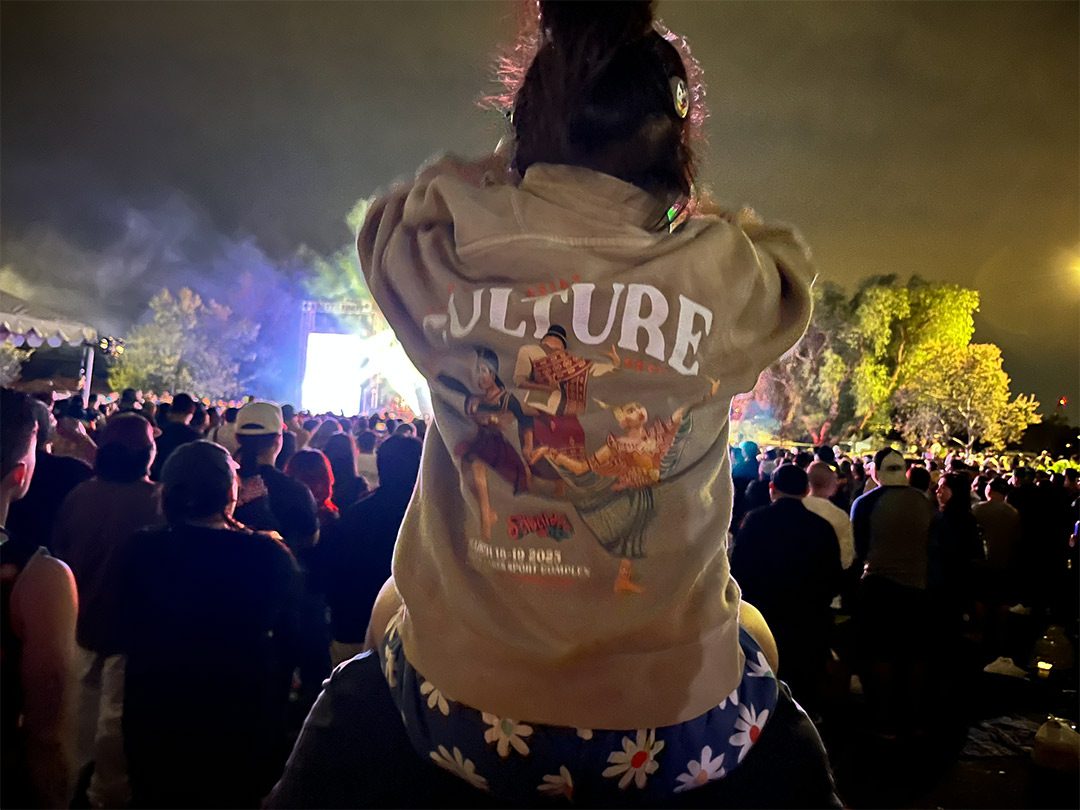
We have encountered more barriers to supporting our daughter’s identity development as a hard-of-hearing and disabled person than we had anticipated. For example, we found that our daughter was ineligible for some resources that we thought she would qualify for — such as a program that would have paired our family with a deaf mentor — because she was too old. Other programs turned out to be not available to us because of a loophole in our state’s educational law that leave children who are eligible for kindergarten (based on their chronological age) ineligible for preschool special education resources, which in our daughter’s case may have allowed her to receive services at our local school for the deaf and go to school with other D/deaf and hard-of-hearing children. While we felt so prepared in advance of adopting our daughter, we quickly realized that even with excellent preparation, challenges will arise and you must be flexible and persistent. When we realized she would not be able to attend school with other D/deaf and hard-of-hearing children, we had to find other ways to foster that part of her identity, like joining the Sunday afternoon playgroup.
In his book “Far From the Tree: Parents, Children, and the Search for Identity,” Andrew Solomon writes of “vertical” and “horizontal” identities. Vertical identities are those typically passed down from parent to child, such as race, nationality or religion, whereas horizontal identities are those that the child and parent do not share, for example disability or sexual orientation. In transracial adoption, a child may have many more horizontal identities than vertical ones. That is certainly the case in our family. As a parent, supporting your child’s horizontal identity development takes work. It takes effort, and intentionality. It can mean stepping out of your own comfort zone, or building a new community and support system. But it is some of the most gratifying work I’ve ever done.
When I watch my daughter surrounded by women who look like her at the temple, or when she excitedly tells me that she needs to bring her new doll with hearing aids to show all her friends at playgroup, I am honored and grateful to be doing the work.
Carly A. | Holt adoptive mom
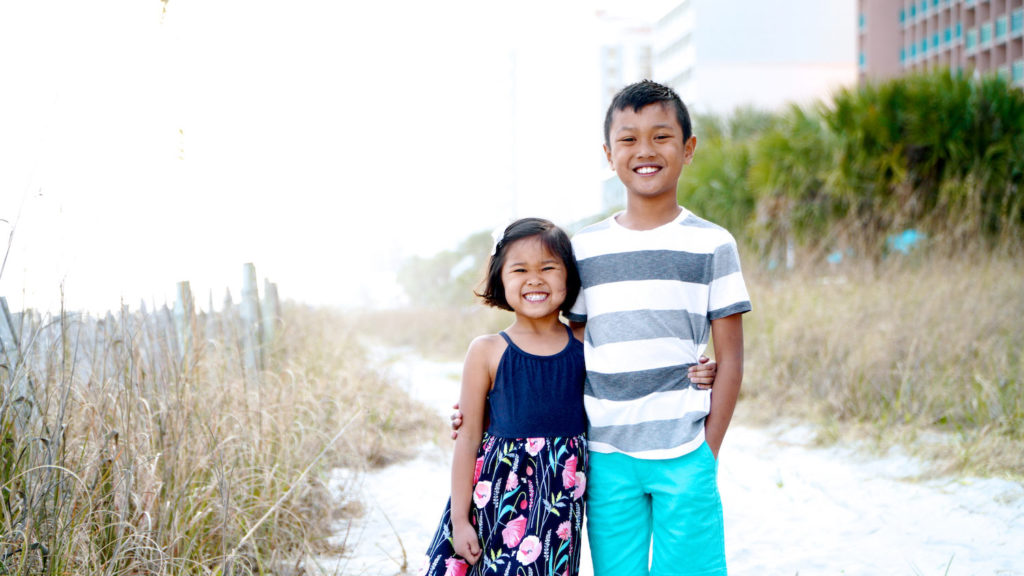
Adopt From Thailand
Many children in Thailand are waiting for a loving, permanent family.

